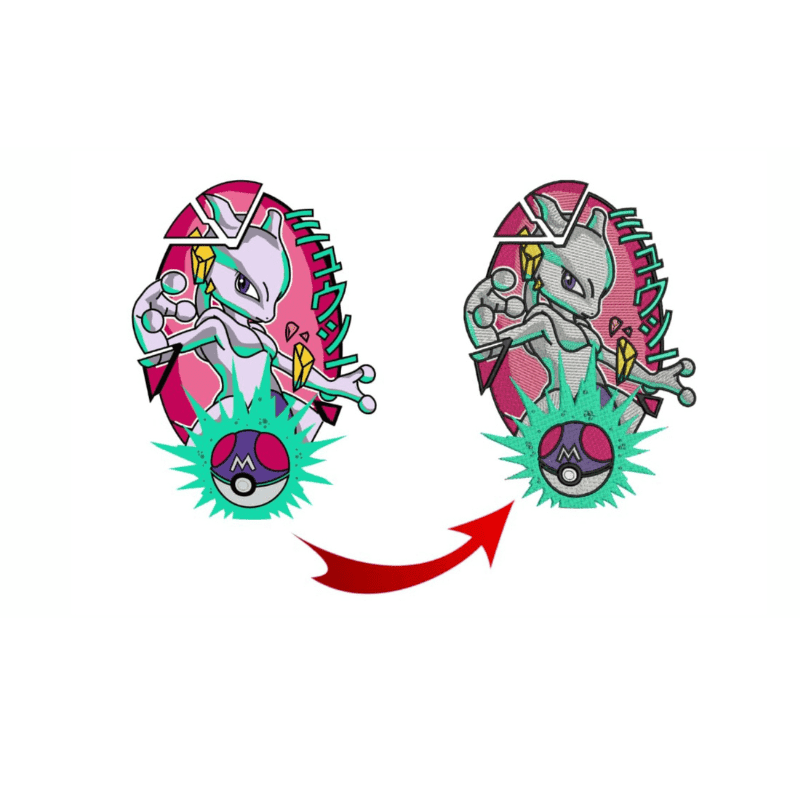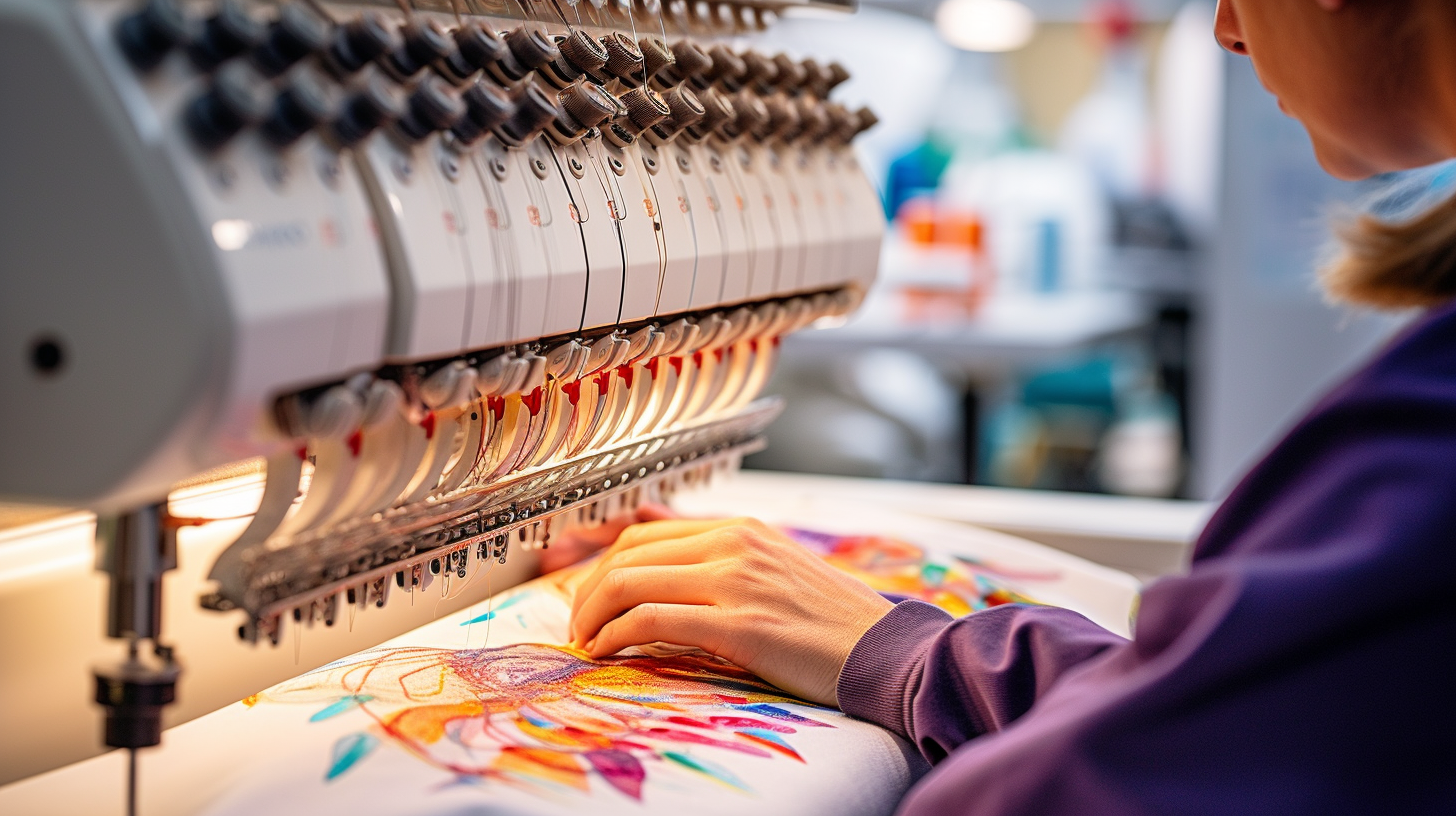Economical Digitizing for Embroidery: Precision and Information
Economical Digitizing for Embroidery: Precision and Information
Blog Article
Explore Different Sorts Of Needlework Digitizing Strategies
Embroidery digitizing has developed dramatically over the years, supplying a myriad of strategies to bring designs to life in the digital realm. The realm extends to much more sophisticated methods like photorealistic needlework digitizing and the interesting realm of 3D embroidery digitizing.
Standard Hand Needlework Digitizing
Standard hand needlework digitizing includes the procedure of transforming complex hand-stitched layouts right into electronic layouts for maker needlework. This technique requires proficient craftsmens to thoroughly evaluate the handcrafted design and afterwards use specialized software to recreate it in an electronic layout. Each stitch, shade, and detail must be carefully converted to make certain that the significance of the original hand embroidery is maintained in the electronic variation.
One of the essential challenges of traditional hand needlework digitizing is catching the complexities and subtleties of the handmade style. Digitizing for Embroidery. Artisans must possess a deep understanding of different needlework methods, such as satin stitch, chain stitch, and French knots, to accurately reproduce these techniques in the electronic realm. Additionally, they require to have a keen eye for information to ensure that the digital layout preserves the same degree of creativity and craftsmanship as the initial hand-stitched piece
Punching Method
To flawlessly change from conventional hand needlework digitizing to the punching strategy, artisans must currently concentrate on transforming the elaborate electronic designs right into instructions that needlework devices can analyze. The punching strategy includes using specialized software program to create digital documents which contain commands for the needlework device to follow. This process calls for a deep understanding of not simply the design itself but also the abilities and constraints of the embroidery equipment.

Auto-Digitizing Software Application Programs
Embroidery digitizing has been reinvented by the development of auto-digitizing software program programs, giving craftsmens with innovative devices to convert digital styles right into needlework maker guidelines efficiently. Auto-digitizing software program programs use algorithms to analyze digital pictures or vector data and produce embroidery styles immediately. These programs enable quick and accurate conversion of intricate styles into stitch patterns, saving effort and time for embroiderers.
Among the key advantages of auto-digitizing software application is its easy to use interface, making it accessible to both beginners and seasoned digitizers. These programs usually consist of features such as stitch modifying devices, string shade matching, and the ability to preview the last embroidered layout. Additionally, auto-digitizing software application can deal with complex layouts with multiple colors and complex details, generating high-quality embroidery files appropriate for various check my source garments and fabric projects.
While auto-digitizing software program uses benefit and efficiency, it is vital for users to recognize the limitations of automated digitizing. Fine-tuning and hand-operated modifications may still be called for to achieve the desired embroidery top next quality, particularly when managing detailed or distinct styles. By leveraging the capacities of auto-digitizing software along with manual digitizing methods, craftsmens can boost their needlework digitizing procedure and create spectacular stitched items.
Photorealistic Needlework Digitizing
Utilizing advanced digital imaging strategies, accomplishing photorealistic lead to needlework digitizing has become a desired skill among modern-day craftsmens. This technique entails transforming high-resolution images into complex stitch patterns that closely mimic the original design, causing needlework pieces that display lifelike detail and depth.
To accomplish photorealistic needlework digitizing, artisans should possess a keen eye for detail and a thorough understanding of how various stitch types and thickness can affect the last end result. By carefully mapping out each color and shade in the picture, embroiderers can produce an electronic data that overviews the embroidery maker to duplicate the subtleties of the initial photo properly.
Photorealistic needlework digitizing is particularly prominent in creating customized layouts for garments, home style, and art items where recording the significance of a photograph or artwork is important. This strategy enables artisans to change memories, landscapes, pictures, and complex art work right into spectacular stitched work of arts that display a blend of typical craftsmanship and cutting-edge innovation.
3D Embroidery Digitizing
With the development of digital imaging techniques in attaining photorealistic cause needlework digitizing, the expedition of 'D Needlework Digitizing' offers a new dimension to the details of style duplication. 'D Embroidery Digitizing' refers to the three-dimensional digitizing strategy that includes depth and texture to needlework layouts, developing a more reasonable and aesthetically attractive last item. This strategy utilizes software application that mimics the effect of light and shadow on the needlework layout, enhancing its general visual influence.
Among the crucial benefits of 'D Needlework Digitizing' is its capacity to make styles look more realistic and dynamic. By including depth to the embroidery design, the last item shows up a lot more page reasonable and captivating (Digitizing for Embroidery). Furthermore, this strategy allows for even more innovative liberty in style implementation, allowing embroiderers to trying out different structures and impacts that were previously testing to achieve
Verdict

Report this page